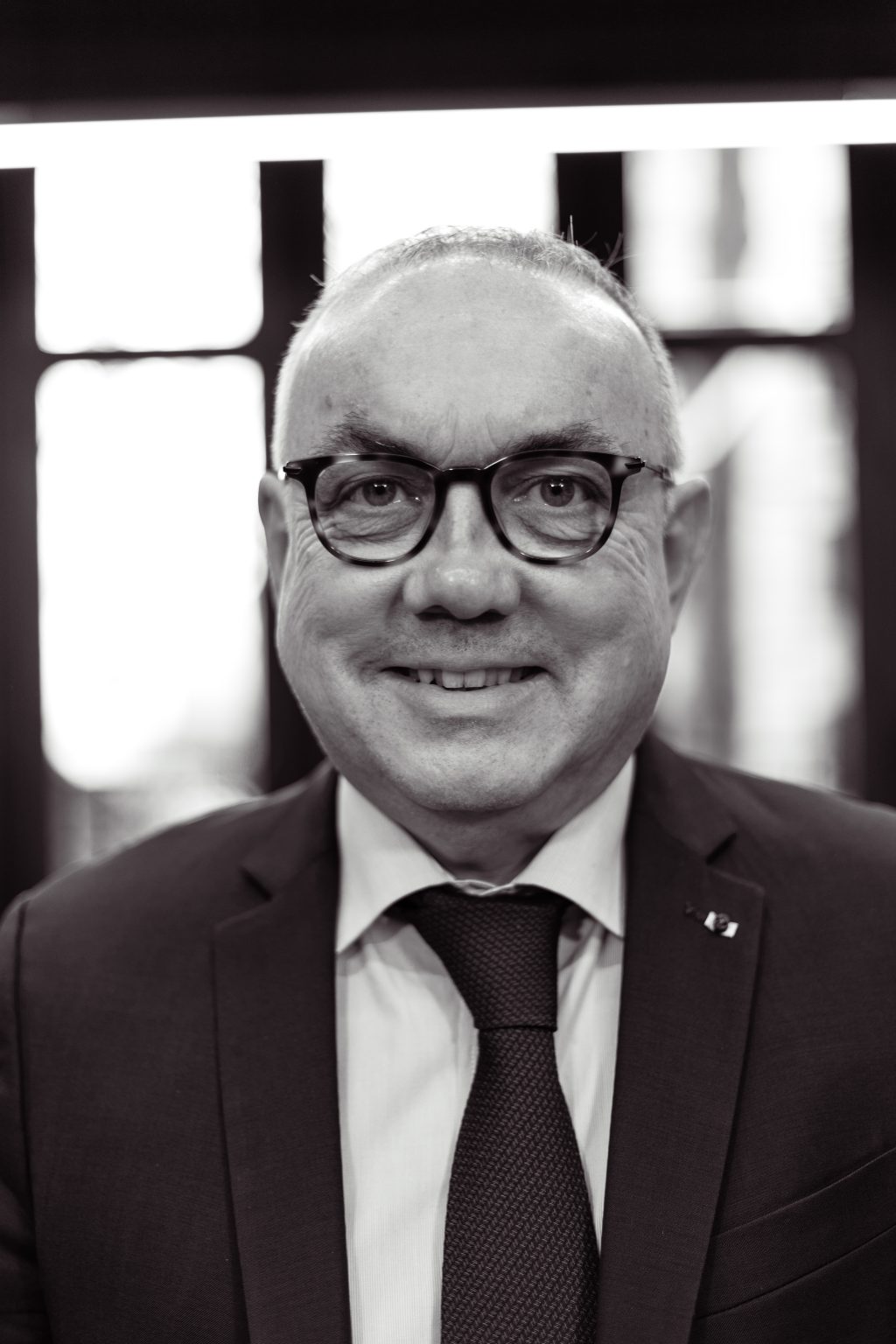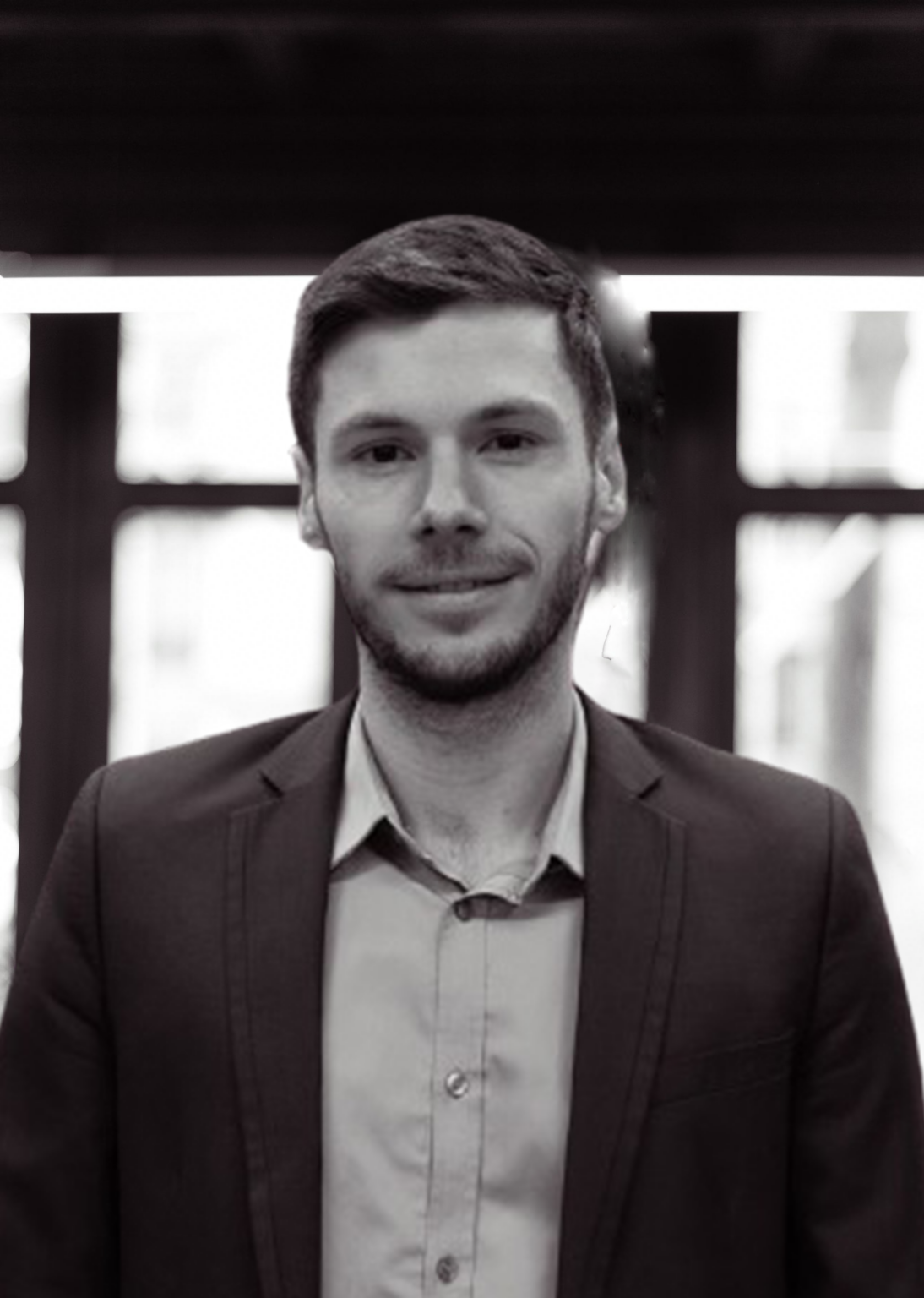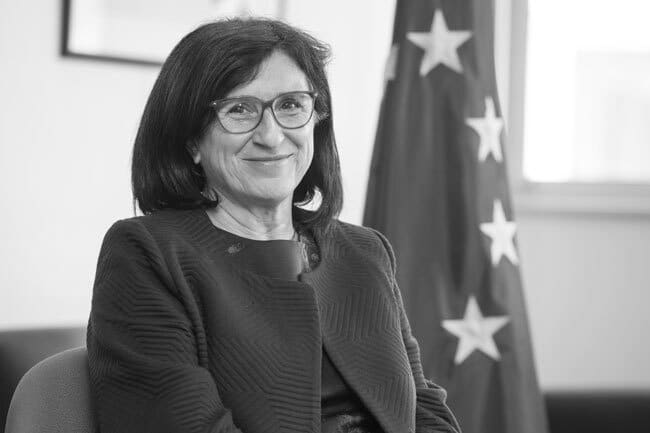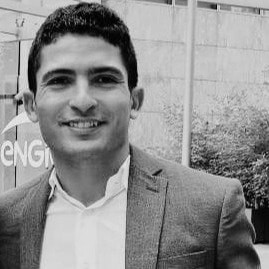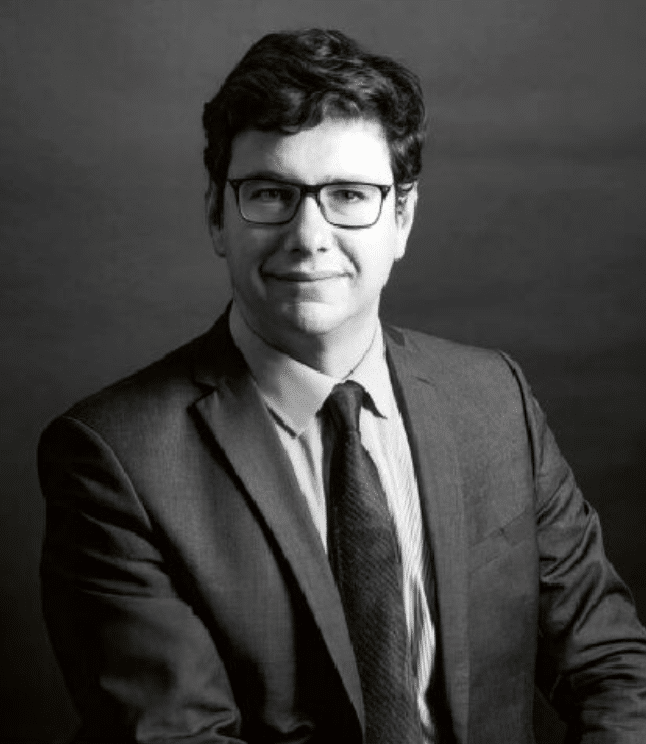Jean PEYRONY
Director General, MOT
The needs of functional regions straddling borders (employment areas providing public transport for cross-border workers) and cross-border economic regions (high SME-research collaboration potential) cannot be satisfied by the institutions in charge of territorial development, which are limited by national frameworks.
In the Greater Geneva cross-border metropolis (FR-CH), for example, there is no single public institution with the competence to alone manage public transport or cluster policy, unlike in metropolises located in a national territory. The same applies to infrastructure and facilities situated within a territory but along a border and intended to be shared or used by a cross-border public, as a result of which they are considered cross-border public goods.
The Mission Opérationnelle Transfrontalière, or MOT (1), has identified over 90 projects at France’s borders either involving infrastructure or facilities or softer projects (research, risk management, territorial tourism development, transport system interoperability, economic development , promotion of entrepreneurship, etc.).
Some are project packages or multi-tiered projects, for example brownfield site reconversions imposing planning, housing and innovative development constraints (green, circular, social and solidarity economy) and specific engineering and technical skills.
By definition, such projects involve political, financial and operational partners located on the two (sometimes three) sides of the border. They require overcoming technical, political and cultural obstacles created by the coexistence of often diverging national systems . Time must be set aside especially for project development and consultation and specific support provided.
The Juncker Plan funds very few cross-border projects. But there are enough, and it would be a good idea to combine European structural investment funds with those of the Juncker Plan or to group several small projects into “packages” in this cross-border context.
Projects must be communicated, structured to ensure financial viability and to attract sufficient political support, and pointed in the direction of sources of funding. The Advisory Hub set up by the EIB and the territorial project engineering networks created by national development banks therefore play an essential role in developing quality cross-border projects.
The Communication on the Juncker Plan and on links with European and national investment policies is insufficient. European and national fundraising carry high administrative costs, so European funding opportunities must be made more accessible.
Cross-border investment projects are an excellent source of European added value. In a bleak economic context, they are also symbolic of future European construction. And the MOT would like to contribute.
(1) The MOT was set up by the French government to bring together states, local and regional authorities and cross-border groupings.
- See the MOT study on cross-border economic development (in French): http://www.espaces-transfrontaliers.org/activites-europeennes/projets-europeens-de-la-mot/projet-le-developpement-economique-integre-des-territoires-transfrontaliers/
- See the MOT webpage dedicated to obstacles: http://www.espaces-transfrontaliers.org/en/resources/obstacles-en/

